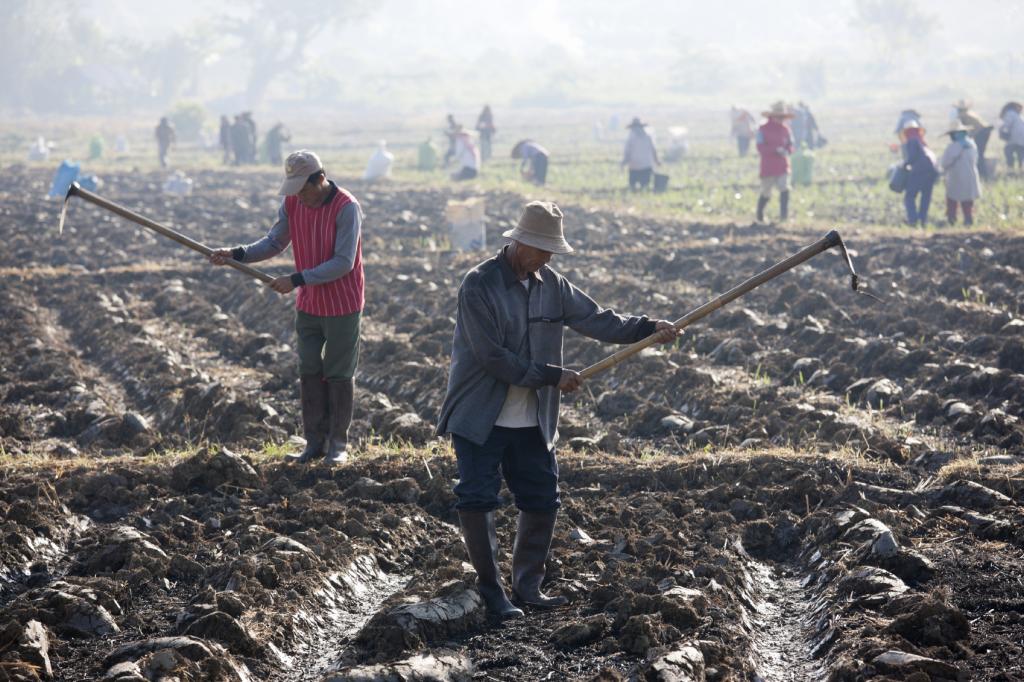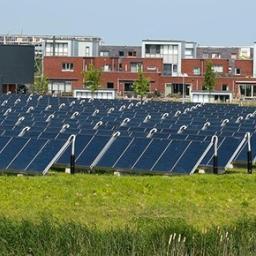Urbanising food systems
This publication is a background report to the IFAD Rural Development Report 2021 on Food System Transformations. The IFAD report is published in preparation of the UN Food System Summit, taking place 27 September till 2 October 2021. This background report focusses on the effect of urbanisation on food systems, and consequently the potential positive and negative impacts on rural development.

While overall food demand is projected to increase approximately 2.5-fold in sub-Saharan Africa and 1.7-fold in South Asia, urban demand will rise two to four times more. In particular the demand for high-value products such as dairy and processed foods are projected to multiply. A further increase in economic inequality in combination with the growing urban populations are expected to pose a risk to future food security. Uncertainties in projections are however large, due to interacting and unpredictable socio-economic and environmental developments and events, as well as the future implementation and operation of policies and investments.
Foodshed analyses
Foodsheds are a way to visualise ‘localness’ of food production and of the extent to which cities can rely on the surrounding rural areas to fulfil their food demand. This report shows that the overall rise in food demand by 2050 can, potentially, largely be met regionally especially in most parts of India, and sub-Saharan Africa, especially in southern Africa. Water-saving measures and improved agricultural practices have to be implemented to meet this scenario though, although the impacts of climate change can decrease yield with up to 15%.
Opportunities for rural developments
However, the potential yield increases or diversification will not automatically contribute to inclusive rural development. Conversely, urbanisation can also increase rural inequality and poverty. Small farmers close to expanding cities are at risk of losing their land to urbanisation processes. Also people living in isolated areas far away from growing urban food markets or rural people who lack access to inputs, information and markets are at risk of losing out. To let all rural food system actors profit from the changing and growing urban markets, the spatial patterns of urbanisation, the quality of rural-urban linkages and the functionality of secondary towns are of pivotal importance. Physical and communicative proximity and access to urban markets for all can provide better access to finance, inputs, information and services. Furthermore, off-farm employment opportunities can arise in the developing value chains. To realise the opportunities, this paper identifies a range of social, physical, spatial, economic and institutional conditions that enable inclusive rural transformation.
Authors
Specifications
- Publication title
- Urbanising food systems
- Publication subtitle
- Exploring opportunities for rural development
- Publication date
- 23 September 2021
- Publication type
- Report
- Publication language
- English
- Product number
- 4208




